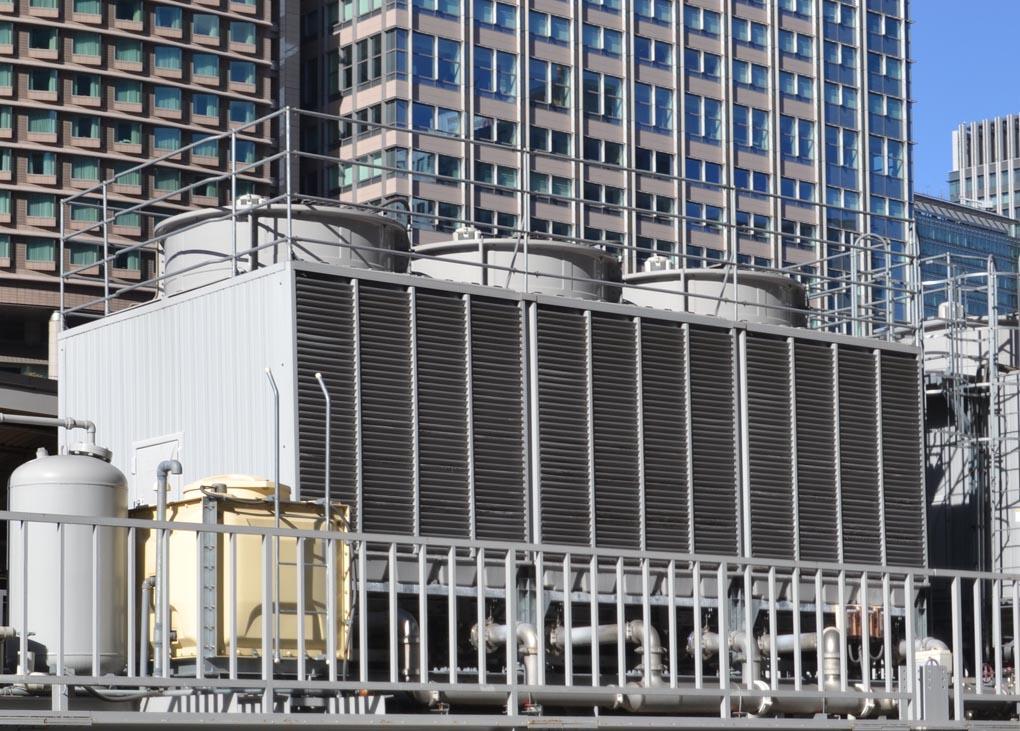AIRAH, with support from the ARBS Foundation, is redeveloping a key resource to help improve the efficiency and safety of cooling tower systems.
Evaporative cooling towers remain one of the backbones of many HVAC&R and industrial cooling systems. DA17, AIRAH’s application manual for cooling towers and cooling water systems, is over 10 years old. It primarily discusses wet type evaporative cooling towers, however, wet and dry closed-circuit towers (hybrid, dry, adiabatic pre-cooled) and alternative methods of heat rejection (air-cooled, natural heat sinks) are also covered.
DA17 will be updated to promote the energy efficient application of evaporative cooling towers in the HVAC&R industry. This will include:
- Development of a set of industry-derived energy protocols for evaporative cooling towers
- Updating to reflect the latest developments in industry, including changes to regulations, risk assessment, tower technology and system management via the cloud
- Updating to reflect any changes to AS/NZS 3666 standards
- Updating the resources on improving energy and water efficiency in existing cooling towers.
The manual is aimed at system manufacturers, designers, installers and maintenance providers, as well as system owners and managers, operators and users.
AIRAH is inviting input from technical experts, industry practitioners and other stakeholders to assist with the review, either in developing new and alternative content, or in reviewing the proposed changes and updates and providing feedback.
- Is there too much material on some topics or not enough?
- What is covered well and what is covered poorly?
- Is all of the material relevant to the Australian/New Zealand application?
- Can you propose material that will improve and enhance the document?
If you have an interest in cooling towers and cooling water systems and would like to participate in the review project, please contact [email protected].
 Mark Vender
Mark Vender


Leave a Reply to Clive Broadbent Cancel reply